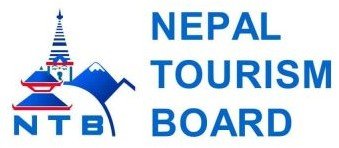How to Trek to Everest Base Camp
16th Jun, 2024
- teamramadventure
What's so great about the Everest Base Camp (EBC) trek anyway?
Table of Contents
The Everest Base Camp trek is a dream journey for many adventurers and nature lovers. Situated in the heart of the Himalayas, this trek offers stunning panoramic views of the world’s highest peaks, including Mount Everest, Lhotse, and Nuptse. The journey takes you through picturesque Sherpa villages, ancient monasteries, and vibrant rhododendron forests, giving you a glimpse into the rich culture and traditions of the Himalayan people. Reaching the base camp itself is a monumental achievement, providing a sense of accomplishment and an unforgettable experience of standing at the foot of the world’s tallest mountain.
And what's not so great about the Everest Base Camp trek?
Despite its allure, the Everest Base Camp trek comes with its challenges. The trek can be physically demanding and requires a good level of fitness. Altitude sickness is a common concern, and the risk increases as you ascend higher. The teahouses along the route can be basic, with limited amenities, and the food options, although nourishing, may become repetitive. Weather conditions can be unpredictable, sometimes causing flight delays to and from Lukla. Additionally, the trek has become increasingly popular, leading to crowded trails during peak seasons.
How long does it take to trek to Everest Base Camp?
The trek to Everest Base Camp typically takes around 12 to 14 days, depending on your itinerary and acclimatization needs. This includes 8 days for the ascent to the base camp and 4 days for the descent back to Lukla. Some trekkers opt for longer itineraries to allow for more acclimatization days, which can help reduce the risk of altitude sickness.
How challenging is the trek to EBC?
The trek to Everest Base Camp is considered moderately to highly challenging. It involves long days of walking, often on steep and rocky terrain. Trekkers need to be prepared for altitudes of over 5,000 meters (16,404 feet), which can be physically demanding even for experienced hikers. Proper acclimatization, a good fitness level, and mental preparation are essential for a successful trek.
When is the best time to trek to Everest Base Camp?
The best times to trek to Everest Base Camp are during the pre-monsoon (spring) and post-monsoon (autumn) seasons. The spring season, from late March to early June, offers blooming rhododendrons and warmer weather. The autumn season, from late September to early December, provides clear skies and stunning views of the mountains. Both seasons offer relatively stable weather and good trekking conditions.
What can I do to avoid altitude sickness?
To avoid altitude sickness, it’s crucial to acclimatize properly by ascending slowly and allowing your body to adjust to higher altitudes. Hydrate well by drinking plenty of water, avoid alcohol and caffeine, and eat a balanced diet. Listen to your body and take rest days when needed. Medications like Diamox can help prevent altitude sickness, but it’s best to consult with a healthcare provider before starting the trek.
What are the teahouses like?
Teahouses along the Everest Base Camp trek offer basic accommodation and meals. Rooms are typically twin-sharing with simple beds and shared bathrooms. Some teahouses provide hot showers and charging facilities for an additional fee. The common areas are often cozy, with a wood-burning stove providing warmth in the evenings.
What's the food like?
The food on the Everest Base Camp trek is hearty and designed to provide the necessary energy for trekking. Common dishes include dal bhat (lentil soup with rice), noodles, pasta, momo (dumplings), and various soups. Breakfast options often include porridge, pancakes, and eggs. While the menu may be limited, the meals are generally tasty and filling.
Can I get wi-fi or phone coverage?
Wi-fi and phone coverage are available in most teahouses along the trek, but the quality and reliability can vary. Some teahouses offer paid wi-fi services, while phone coverage is generally provided by Nepal Telecom and Ncell networks. It’s advisable to buy a local SIM card for better connectivity, but be prepared for limited access in remote areas.
What should I bring?
Packing for the Everest Base Camp trek requires careful consideration. Essential items include:
- Good-quality trekking boots
- Warm clothing (layers for varying temperatures)
- Waterproof jacket and pants
- Sleeping bag (rated for low temperatures)
- Trekking poles
- Hat, gloves, and sunglasses
- Sunscreen and lip balm
- First aid kit and personal medications
- Water purification tablets or filter
- Snacks and energy bars
- Camera and spare batteries
- Cash for expenses along the trek
Do I need a porter and guide?
While it’s possible to trek independently, hiring a porter and guide can greatly enhance your experience. A guide provides valuable insights into the local culture and environment, ensures your safety, and assists with navigation. A porter can carry a significant portion of your gear, allowing you to trek more comfortably and reduce the risk of injury. Additionally, hiring local staff supports the local economy.
How much does the Everest Base Camp trek cost?
The cost of the Everest Base Camp trek can vary widely depending on the level of service and the season. On average, the trek can cost between $1,200 to $3,000, which includes permits, flights, accommodation, meals, guide and porter services, and other logistical expenses. Luxury packages with higher-end accommodations and services can cost more.
Do I need any permits?
Yes, you need two permits for the Everest Base Camp trek:
- Sagarmatha National Park Permit: Required for entering the national park area.
- Khumbu Pasang Lhamu Rural Municipality Permit: Required for trekking in the Khumbu region.
These permits can be obtained in Kathmandu or Monjo, and your trekking agency can assist with the process.
How can I trek more sustainably?
To trek more sustainably, follow these guidelines:
- Leave No Trace: Pack out all trash and minimize your environmental impact.
- Use Reusable Items: Bring a reusable water bottle and purification method to avoid single-use plastic bottles.
- Respect Local Culture: Be mindful of local customs and traditions, dress modestly, and seek permission before taking photos of people.
- Support Local Businesses: Choose locally-owned teahouses and hire local guides and porters.
- Conserve Resources: Use water and electricity sparingly, especially in remote areas.
How do I get to Lukla to start the trek?
The most common way to reach Lukla is by taking a short flight from Kathmandu to Tenzing-Hillary Airport in Lukla. The flight takes around 30 minutes and offers breathtaking views of the Himalayas. Alternatively, for those seeking an extended adventure, it’s possible to trek from Jiri or Salleri to Lukla, adding several days to your journey and providing additional acclimatization opportunities.
Embarking on the Everest Base Camp trek is a once-in-a-lifetime adventure that requires careful planning and preparation. With the right mindset, fitness level, and knowledge, you can safely and successfully complete this iconic trek and create unforgettable memories in the heart of the Himalayas.


 Plan Your Trip Now
Plan Your Trip Now 










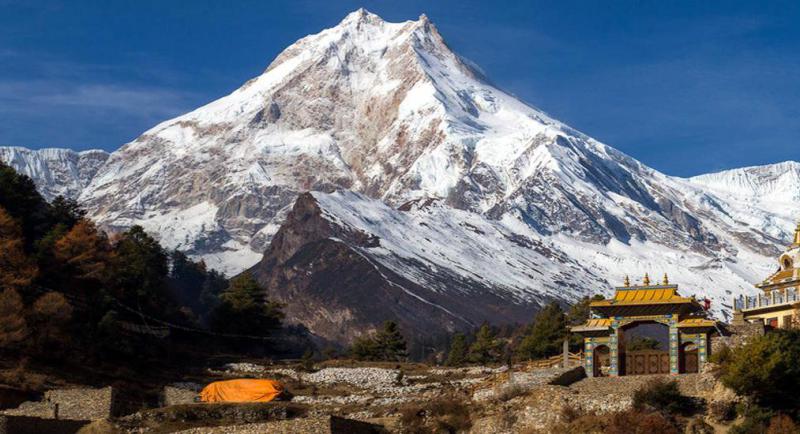

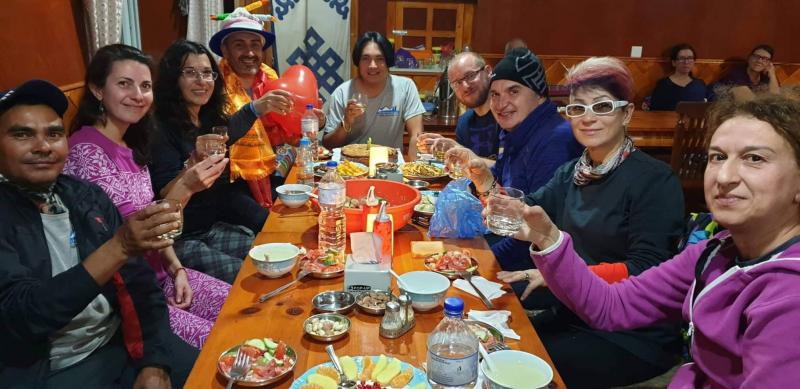









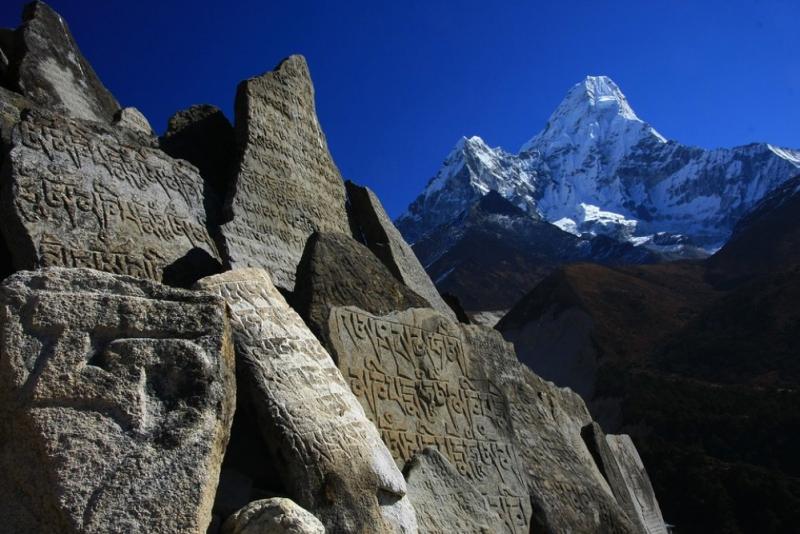






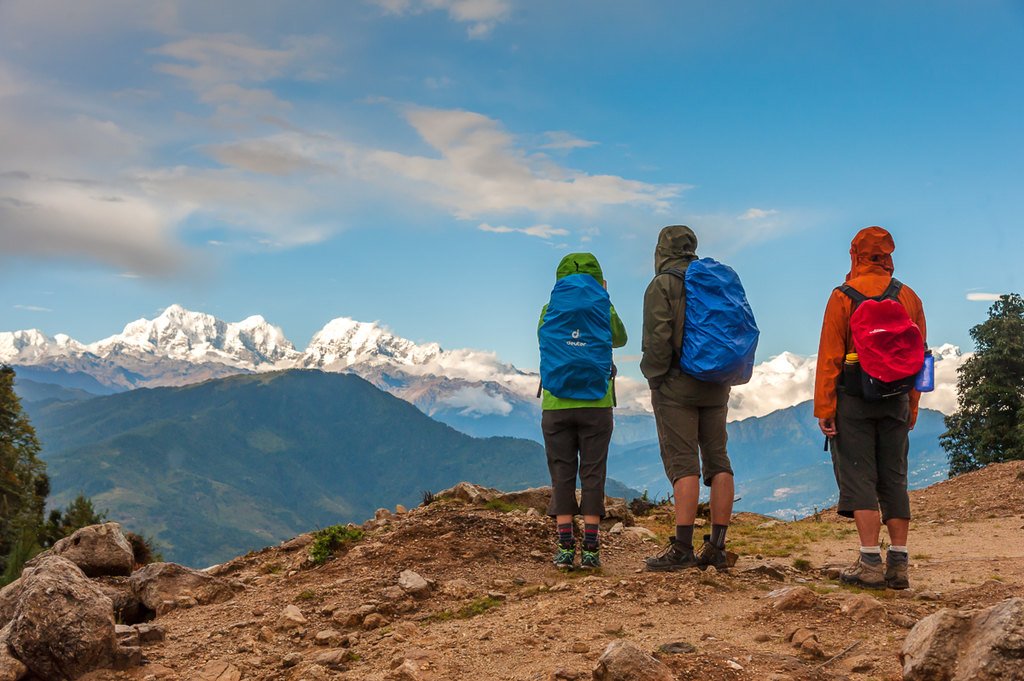
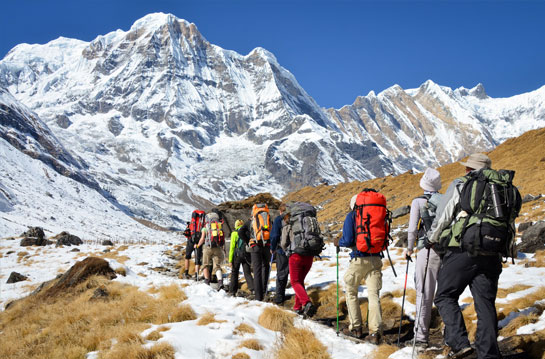
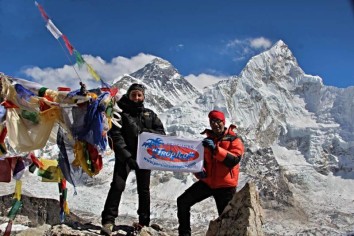






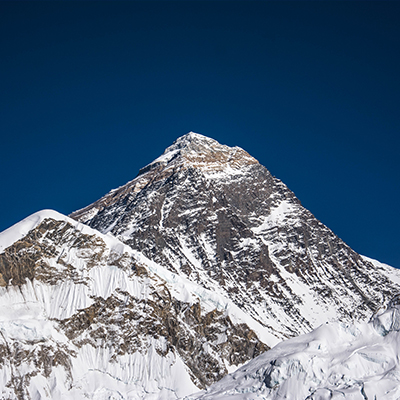


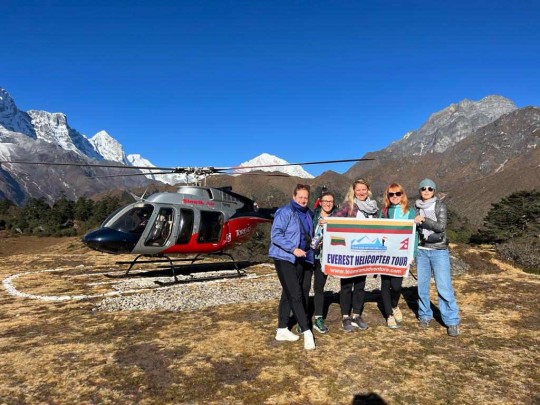



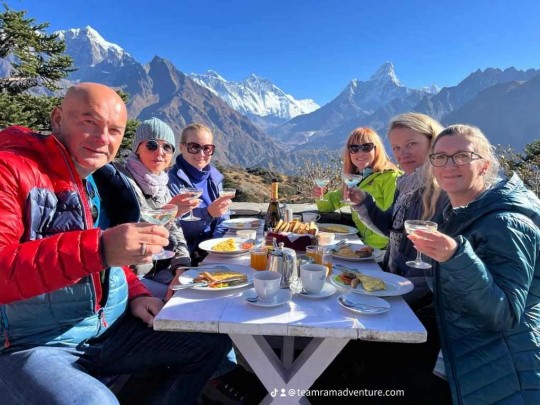







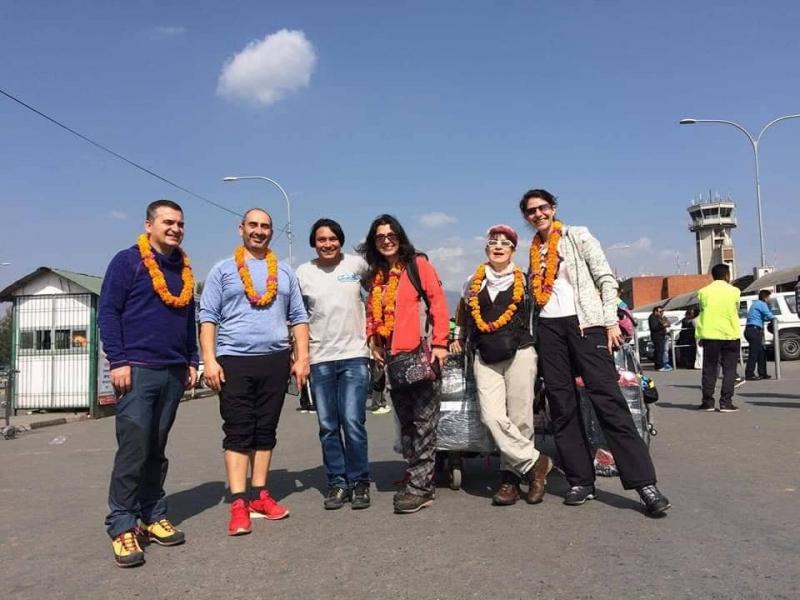












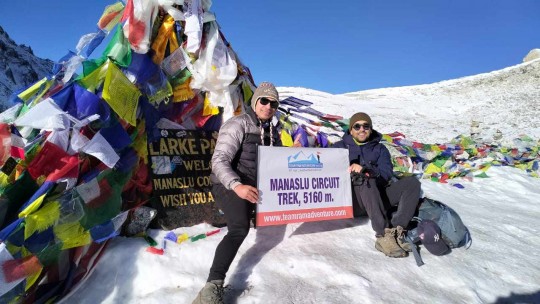
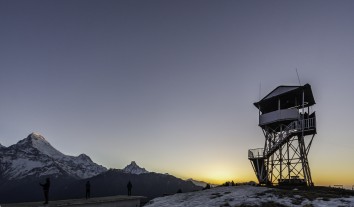
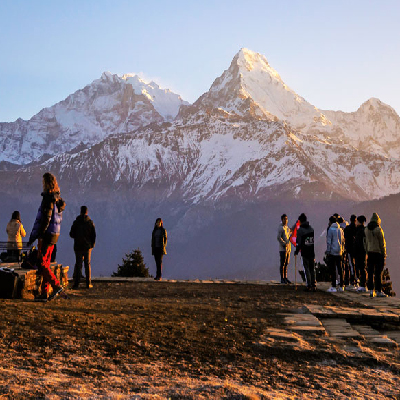










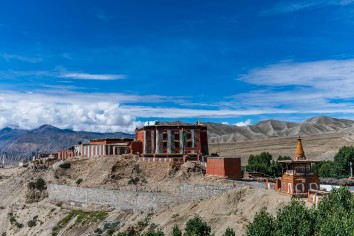


.jpg)







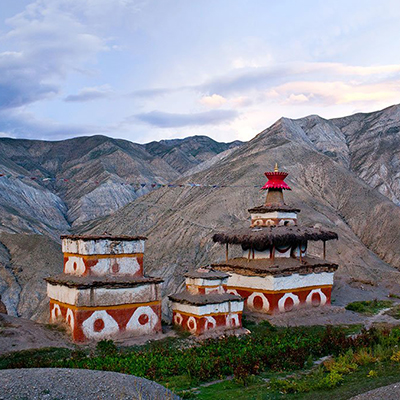
.jpg)


.jpg)

